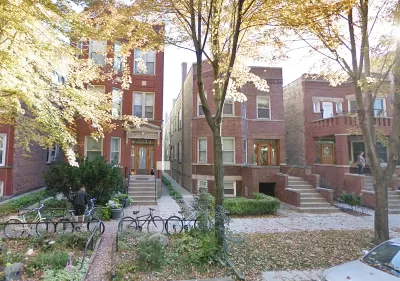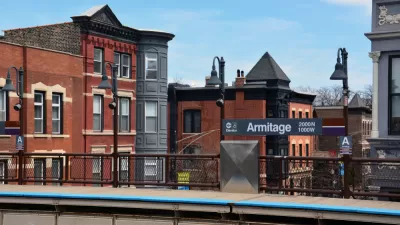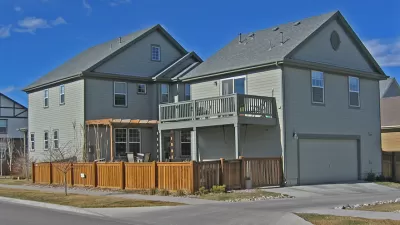A recent report by the DePaul University Institute for Housing Studies finds the number of two-flats, three-flats, and four-flats in quick decline among the residential building stock of Chicago.

Mary Schmich writes:
Over a meager span of years, from 2010 to 2016, the city lost 20,000 homes in two-flats, three-flats and four-flats, those classic buildings, typically brick, that have defined Chicago’s look and feel for more than a century.
According to Schmich, there are vital reasons to worry about the declining number of these class Chicago residential units.
The demolition of these old buildings, as noted in a recent report by DePaul University’s Institute for Housing Studies, is changing the city’s character. Affordable housing gets far harder to find. Middle-class and working-class people are priced out. Neighborhoods become less diverse.
After imparting those realities, the article addresses more of her personal attachment to these buildings, and some of the experiences that can only be earned by living in a walk up.
For more traditional news coverage of the decline of two-flats in Chicago, see an article by Tanveer Ali from April 2018, which reported on the details of the "2018 State of Rental Housing in Cook County" report by DePaul University’s Institute of Housing Studies (IHS), which lays outs the data at the center of this news. IHS was also tracking the issue in 2017.
FULL STORY: Chicago's two-flats and three-flats are vanishing — so is the art of living at the top of the stairs

Planetizen Federal Action Tracker
A weekly monitor of how Trump’s orders and actions are impacting planners and planning in America.

San Francisco's School District Spent $105M To Build Affordable Housing for Teachers — And That's Just the Beginning
SFUSD joins a growing list of school districts using their land holdings to address housing affordability challenges faced by their own employees.

The Tiny, Adorable $7,000 Car Turning Japan Onto EVs
The single seat Mibot charges from a regular plug as quickly as an iPad, and is about half the price of an average EV.

As Trump Phases Out FEMA, Is It Time to Flee the Floodplains?
With less federal funding available for disaster relief efforts, the need to relocate at-risk communities is more urgent than ever.

With Protected Lanes, 460% More People Commute by Bike
For those needing more ammo, more data proving what we already knew is here.

In More Metros Than You’d Think, Suburbs are Now More Expensive Than the City
If you're moving to the burbs to save on square footage, data shows you should think again.
Urban Design for Planners 1: Software Tools
This six-course series explores essential urban design concepts using open source software and equips planners with the tools they need to participate fully in the urban design process.
Planning for Universal Design
Learn the tools for implementing Universal Design in planning regulations.
Smith Gee Studio
City of Charlotte
City of Camden Redevelopment Agency
City of Astoria
Transportation Research & Education Center (TREC) at Portland State University
US High Speed Rail Association
City of Camden Redevelopment Agency
Municipality of Princeton (NJ)





























